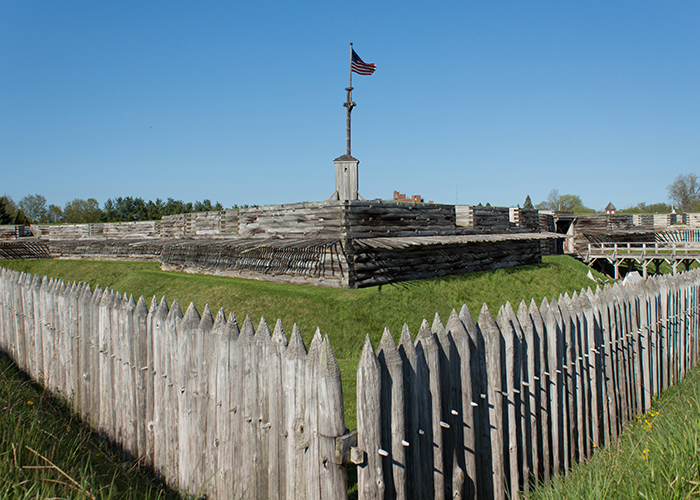 Previous Day |
Niagara Falls, ON → Albany, NY 345.0 mi (555.2 km) |
 Next Day |
This morning, Danielle, Scooter, and I crossed the border back into the ol’ US of A. We didn’t have much time to see the sights of Buffalo, because Scooter had a plane to catch back to North Carolina, and Danielle had a three-hour drive to get home. So, we ate breakfast at the Olympic Restaurant near the airport, had some laughs, shared some hugs, and were on our separate ways once again!
My path leads eastward to Albany, along the I-90 freeway, which I discovered to be one giant toll road that only takes cash! That’s great for road revenue, but what a pain in the butt to find out on a road trip! In any case, my first paid exit took me into Seneca Falls, home to a super important historical site in the history of the women’s equality movement: Women’s Rights National Historical Park!
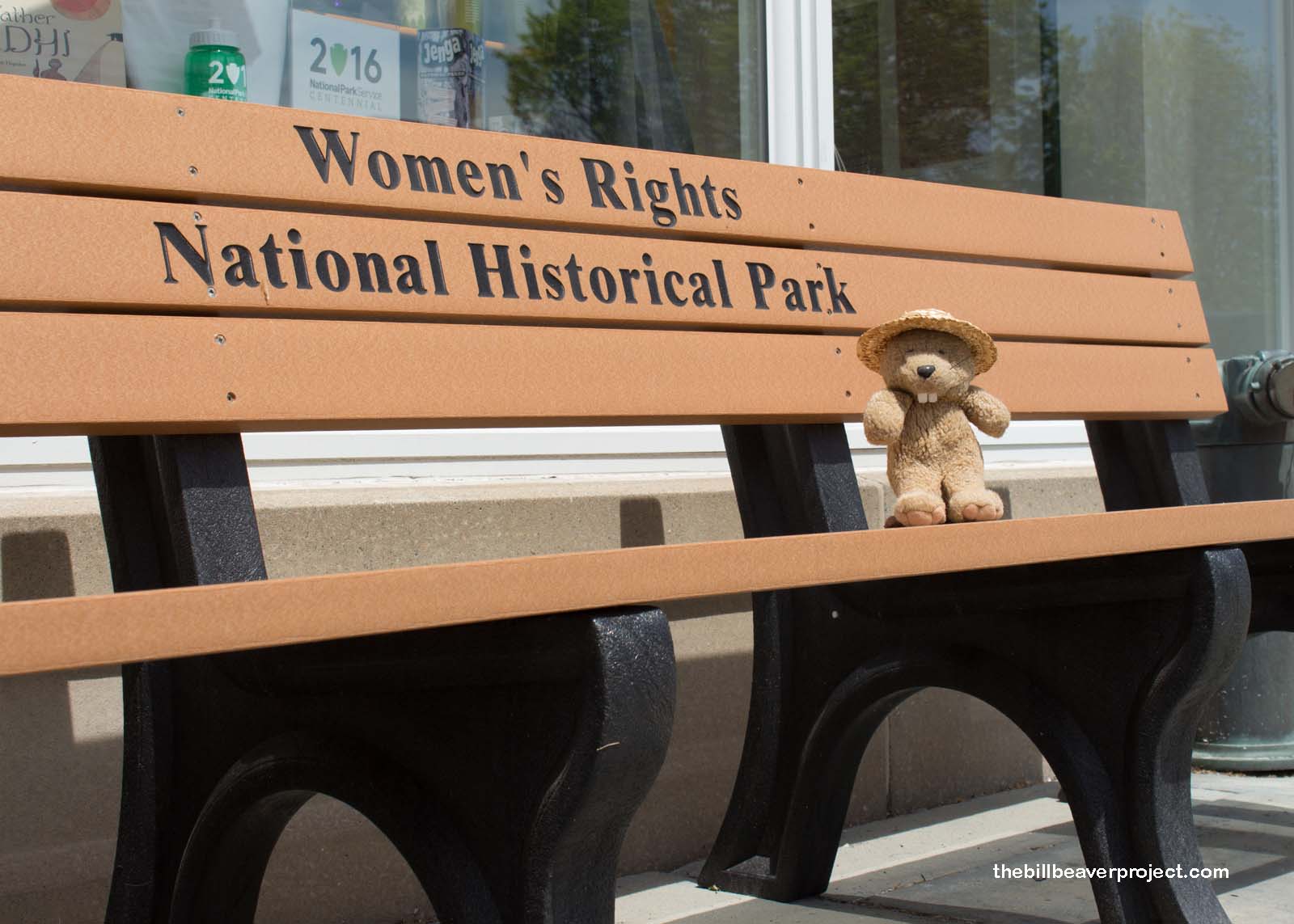 |
On July 19th, 1848, Elizabeth Cady Stanton and Lucretia Mott organized the first women’s rights conference in the United States here at the Wesleyan Chapel on the corner of Fall and Mynderse Streets. The two had met each other at the 1840 World Anti-Slavery Convention in London and been appalled by the segregation they experienced from their male counterparts. Pure hypocrisy!
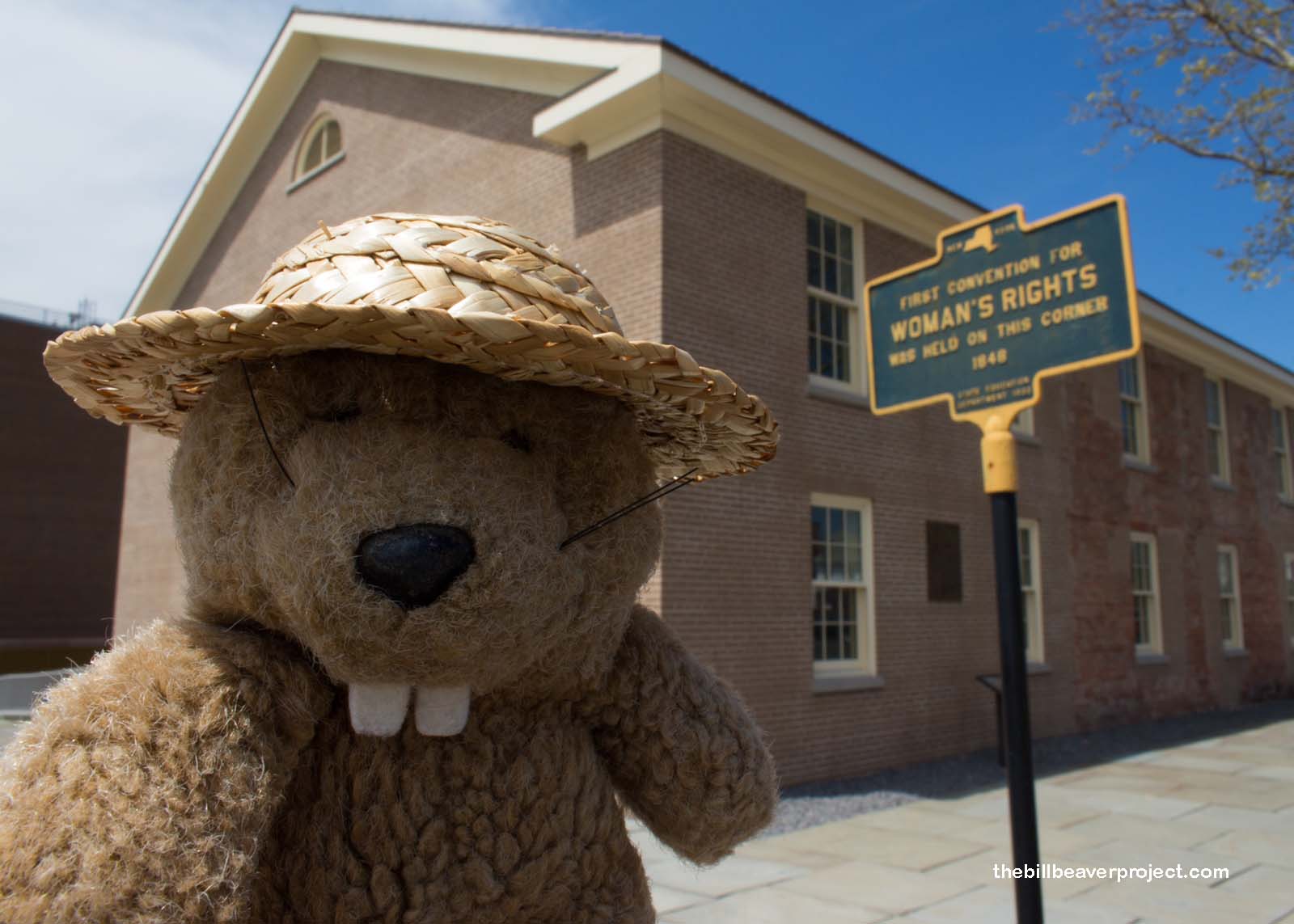 |
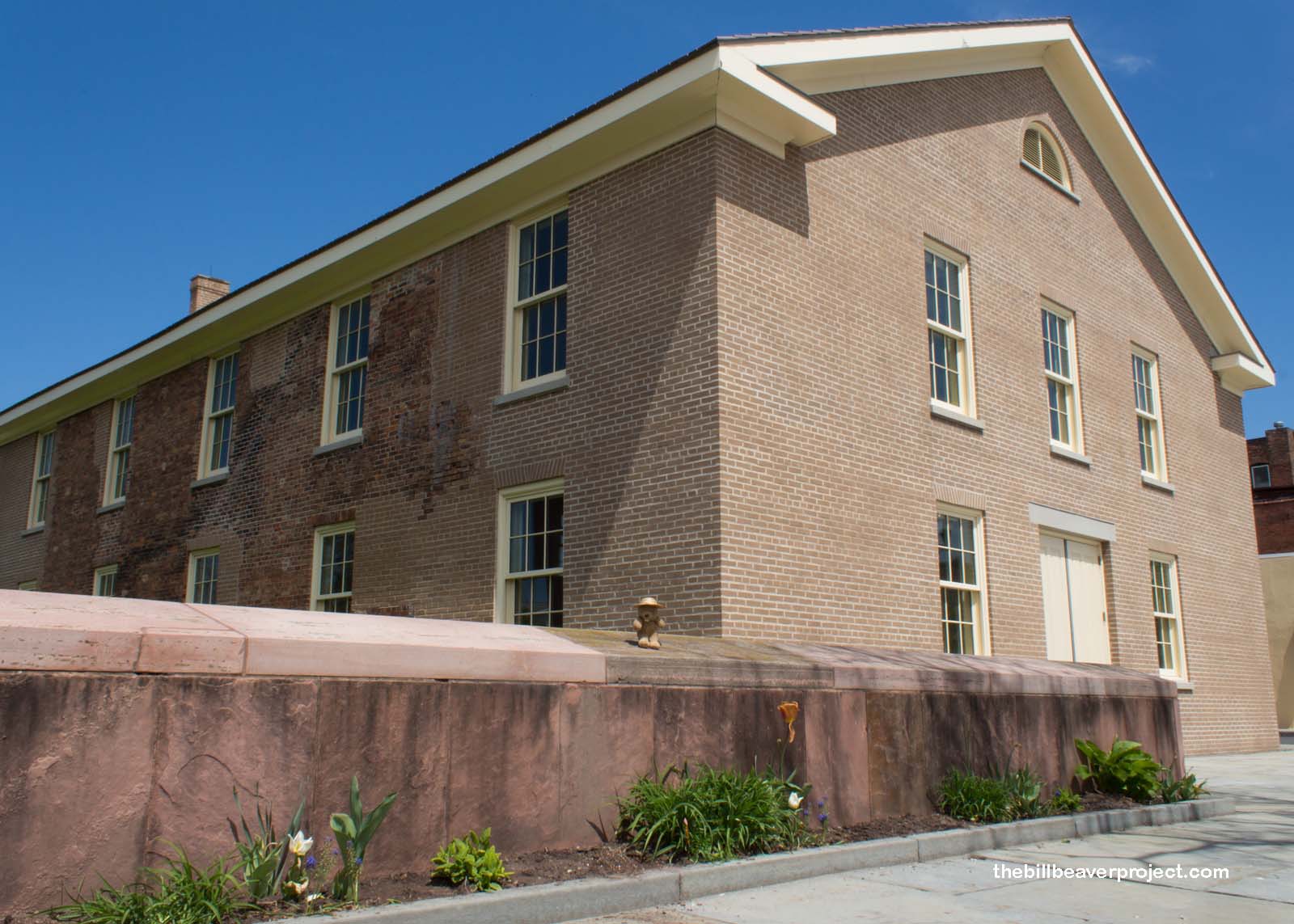 |
Taking the name “suffragists,” a gender-neutral contrast to the British “suffragettes,” Mott and Stanton invited women and some men, like Frederick Douglass, to sign a Declaration of Sentiments, built off the Declaration of Independence with some important additions, like declaring equal rights for women to education, representation, property ownership, and the vote.
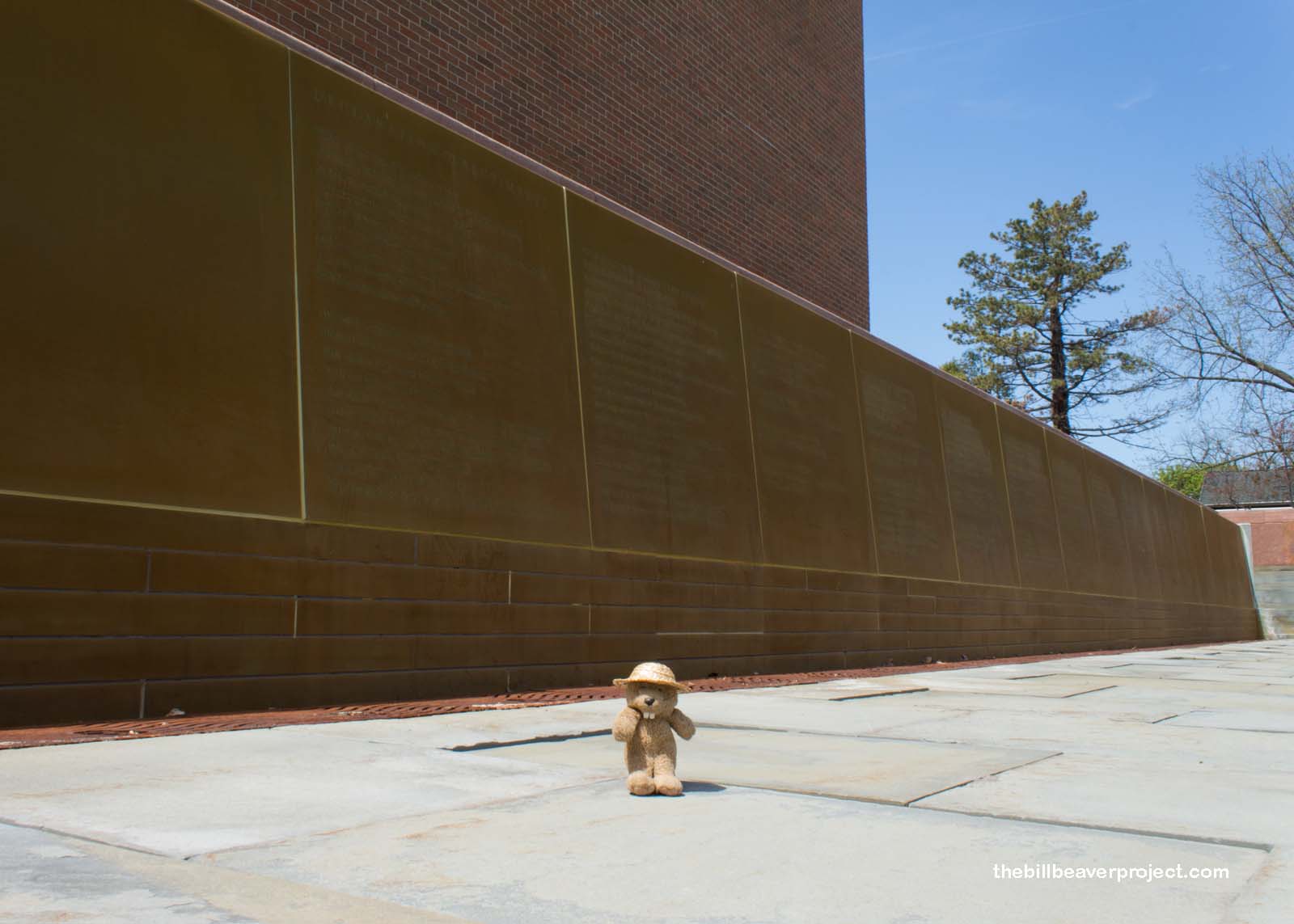 |
This last part ended up being too controversial for many of the attendees, and many of them withdrew their signatures after facing intense ridicule. See, at the time, there were lots of cultural standards making the ideal woman one who stayed at home, managed morals, submitted to their husbands. Comparatively, Mrs. Stanton made sure to omit “obey” from her wedding vows!
Though the first women’s rights conference didn’t get women everything they hoped for, it did give Mrs. Stanton the opportunity to network with other notables of the movement, like Susan B. Anthony. It was a valuable partnership for sure, because even while Mrs. Stanton was stuck taking care of her seven children, she actually ended up writing a lot of Ms. Anthony’s speeches! Sadly, though, it still took 72 years before women finally got the vote in the USA (two years after Britain, mind you)!
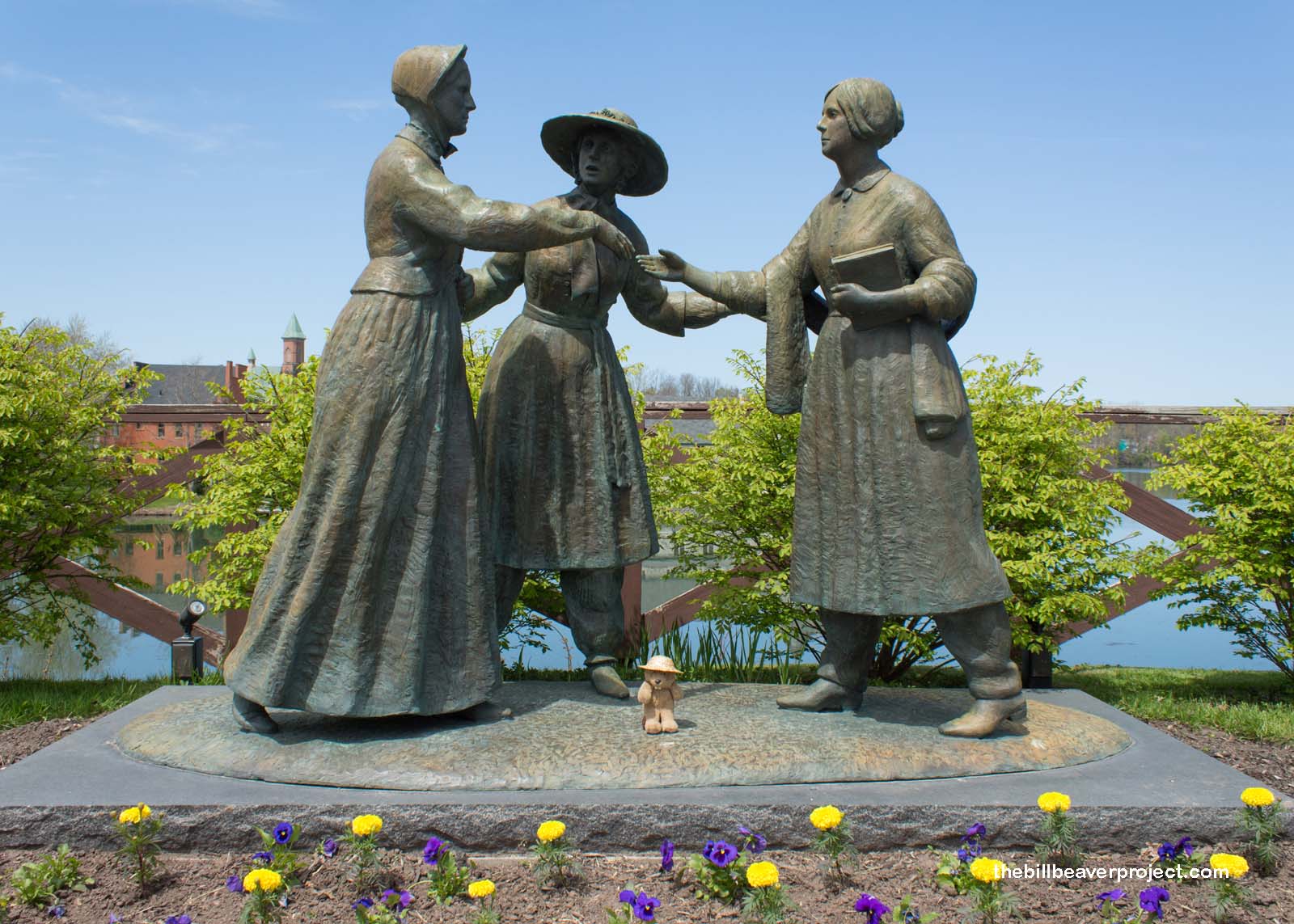 |
After exploring some of the exterior sights, I headed into the visitor center to learn more. I was greeted at the door by twenty bronze statues of the first attendees at the conference. Not all of the statues in “The First Wave” come with names, but you can spot Mrs. Stanton and Mr. Douglass on the far left and a very pregnant Martha Wright right over my shoulder!
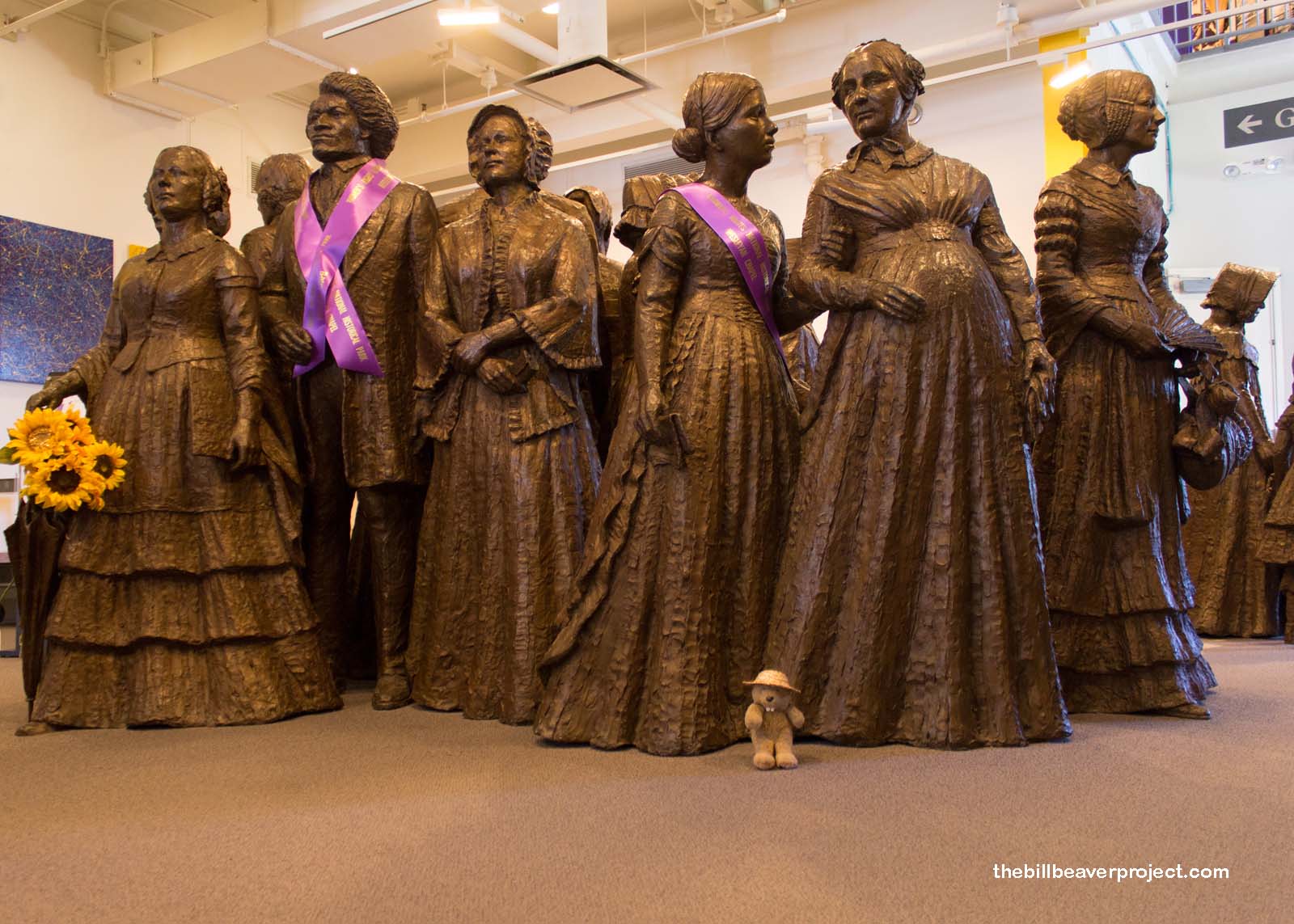 |
Upstairs, the exhibits really got in depth about the struggles women faced in their hunt for rights, the ridicule, the bullying, the jail time. Few knew more about struggle than Sojourner Truth, who had been helpless to prevent most of her thirteen children from being taken from her and sold into slavery. She became a powerful voice, both for abolition and for women’s rights, pointing out that her womanhood and motherhood deserved respect!
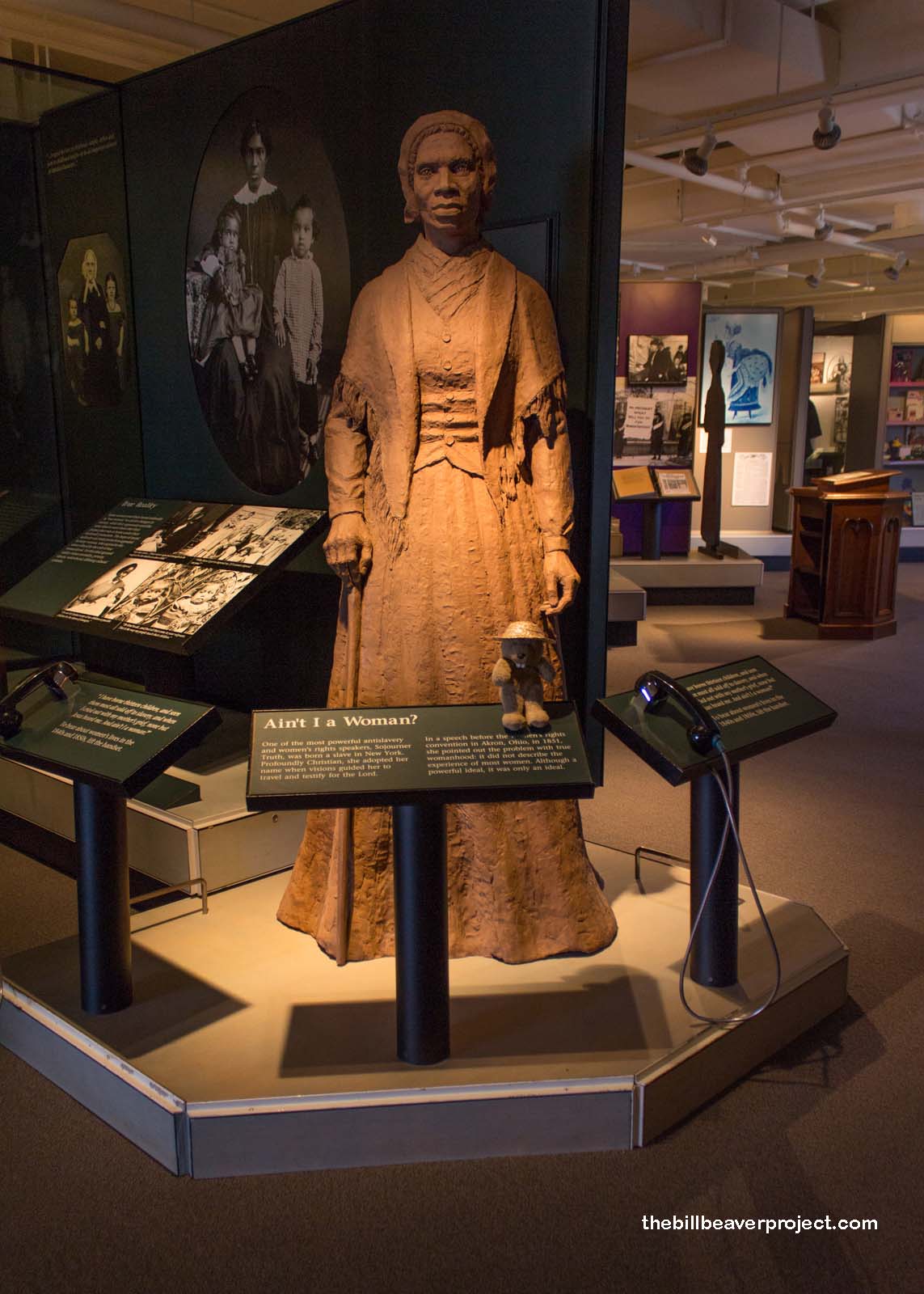 |
Nearby, a quilted tapestry honored Persian activist, Tahirih, a Baha’i who drew inspiration from Mrs. Stanton and launched a campaign for rights in her own country. She appeared before a conference of men and gave a moving speech about abandoning old views, but all that resonated was that she had given this speech without a veil. She was executed for her beliefs in 1852.
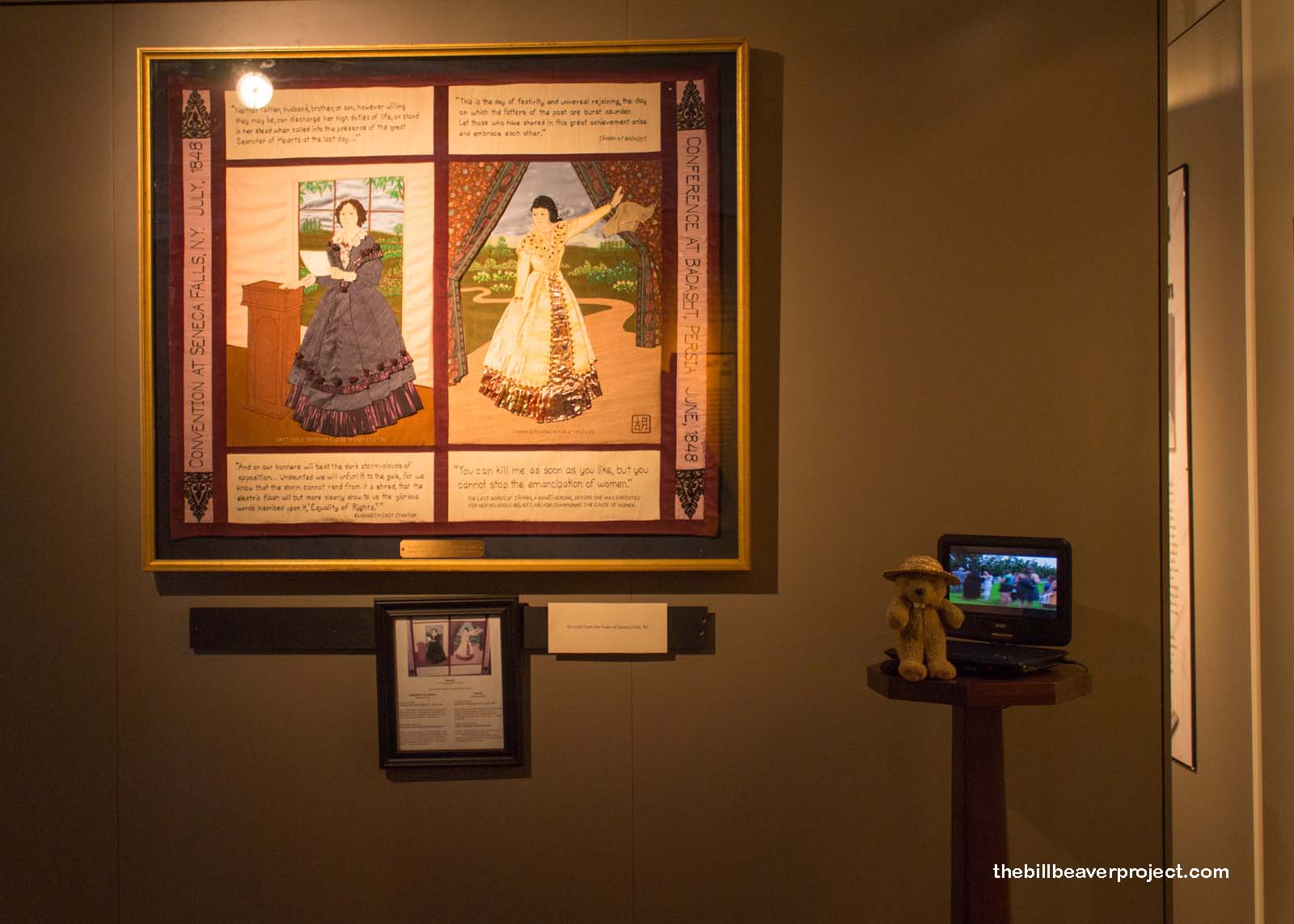 |
Women still face struggles to this day! One exhibit compared, side by side, how equal work leads to different wages for men and women! Another interactive display demonstrated the world of job possibilities that men men can access and the smaller selection available for women, even today! The fight isn’t over, folks!
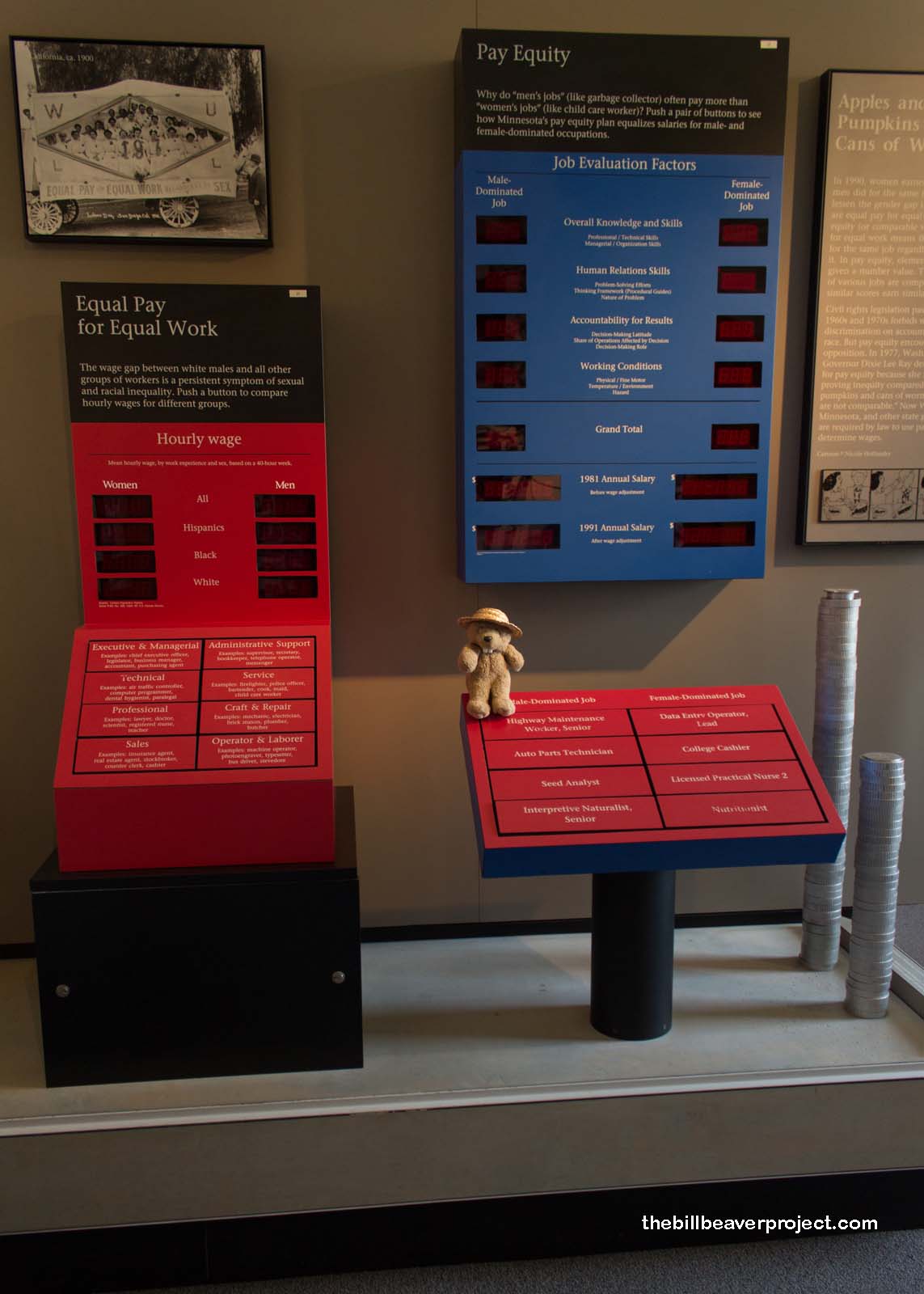 |
But the true treasures of this museum were its artifacts, guidebooks dictating an insanely narrow view (by today’s standards) of what makes a woman worthwhile alongside Elizabeth Cady Stanton’s songbook and Martha Wright’s published conference report! Also on display is the original podium where Mrs. Stanton and Mr. Douglass spoke during the conference! How neat!
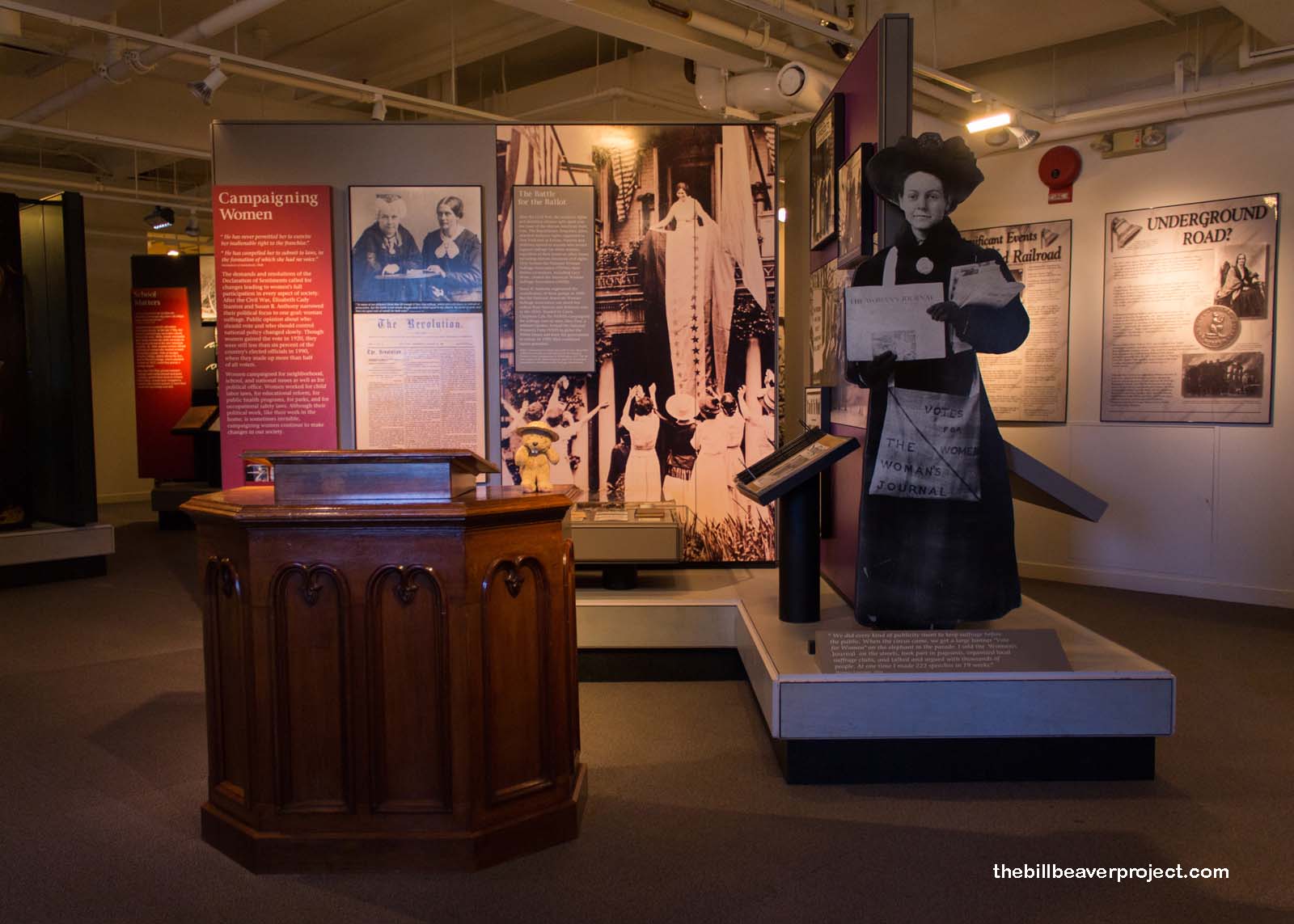 |
Having made the tour of the center, it was time for me to head back outside and see the home of Mrs. Stanton herself! Deeded to her by her father in 1847, it was here that Mrs. Stanton discovered a profound discontent as full-time motherhood kept her isolated from the intellectual scenes she so loved. Mrs. Stanton opened her home to anyone traveling to speak on equal rights for women, so she came to call her home the “Center of the Rebellion!”
Ironically, Mrs. Stanton rebelled too much for her time, and the women’s rights movement distanced itself from her for her criticism of religious oppression of women, support for equal wages, and even her approval of women withholding sex from their husbands! Nonetheless, she continued making history and was the first woman to run for Congress, largely because there was no formal law barring her from doing so!
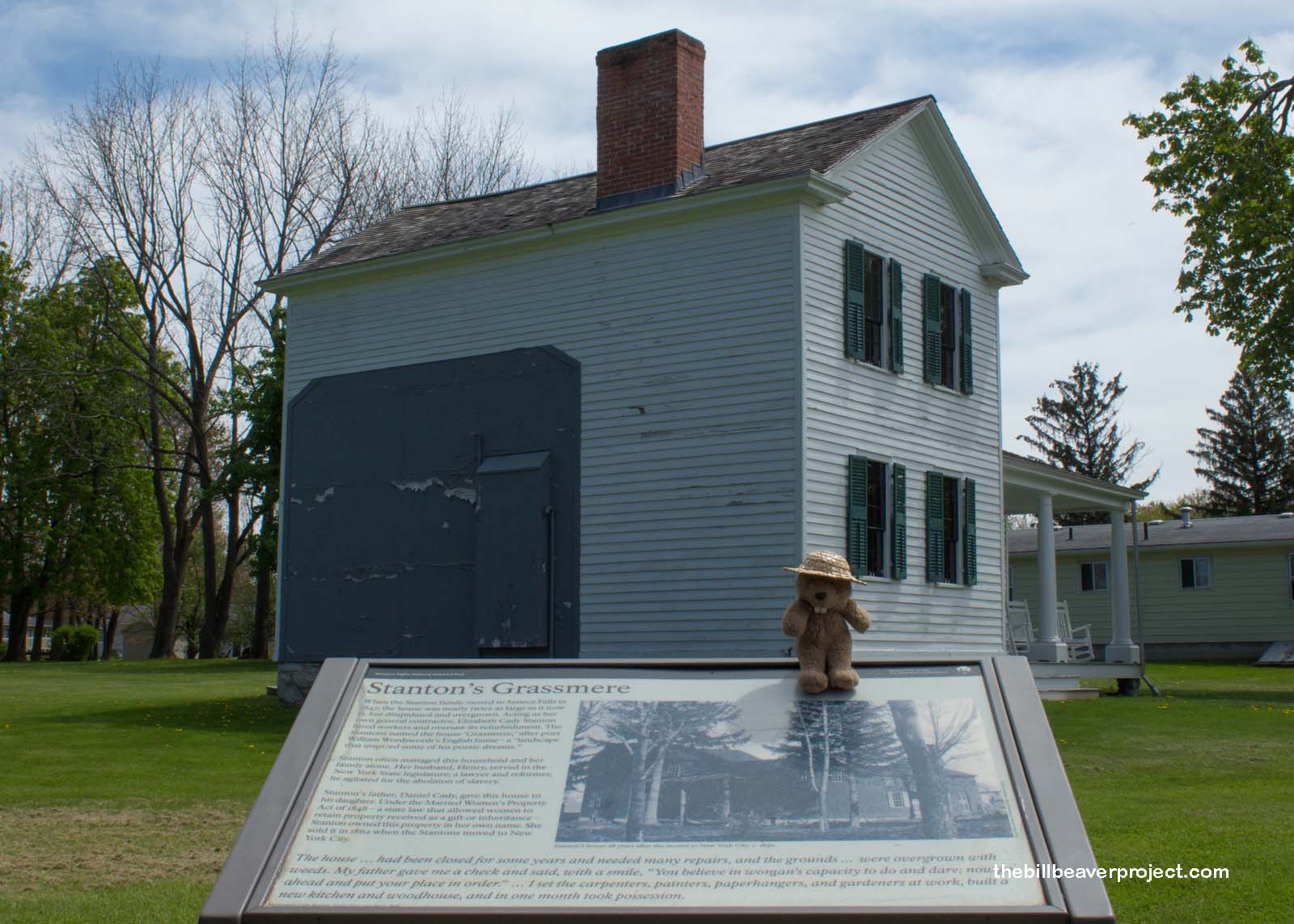 |
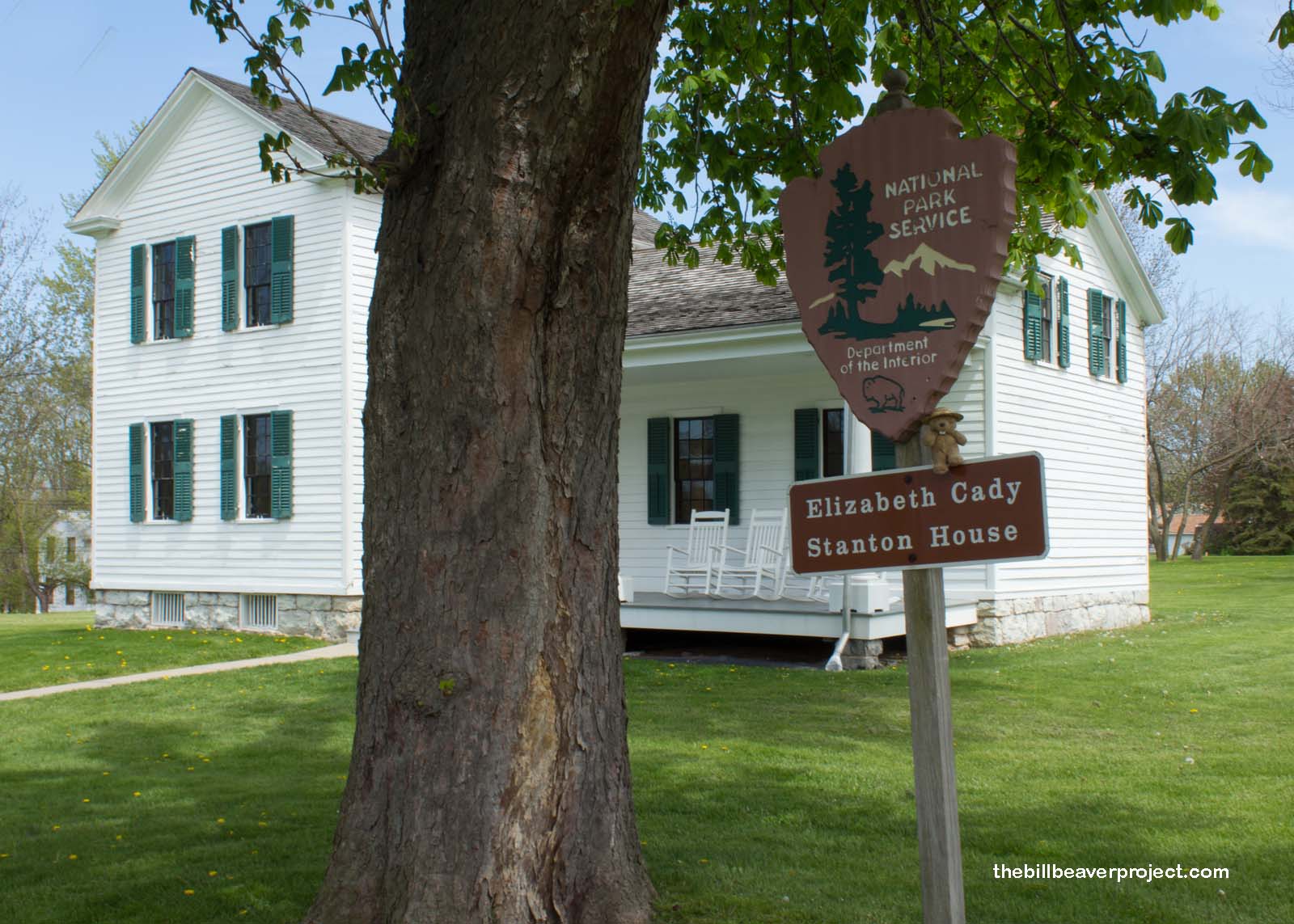 |
It was already afternoon, so the time had come to move on to the next site! I’d learned from Ranger Kim that Harriet Tubman had owned a home just up the road in Auburn, and even though the day was getting on, I had to see it!
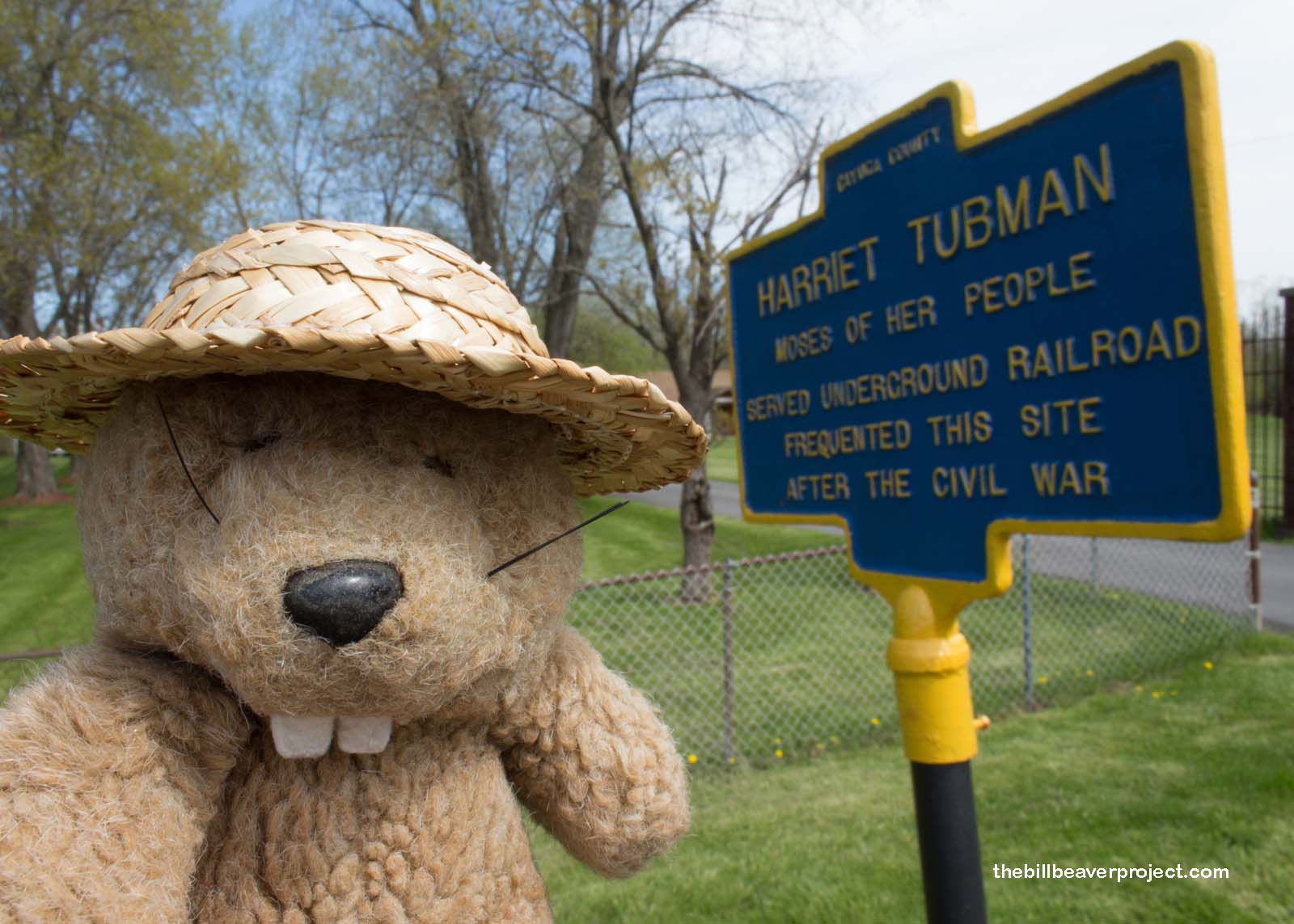 |
In 1859, the year before the Civil War broke out, Senator William Seward sold 25 acres of land to the famed abolitionist and conductor of the Underground Railroad, which she converted into a refuge, first for her family, and then for aging African-Americans in 1908! Here, she raised pigs, churned and sold butter, and cared for the residents of her home!
Even though I didn’t have much time, I couldn’t turn down a house tour from Christine, the caretaker. She showed me the period-restored interior with daguerrotype photos of both Mrs. Tubman and her niece, Messiah, and Mrs. Tubman’s Bible, which she never read but had heard enough important passages to inspire her to take all of her actions! Christine also told me that the U.S. Merchant Marines named one of their Liberty ships after her during World War II, probably because she was a spy, scout, and strategist for the Union Army during the Civil War, the first American woman to plan and lead a military operation! How cool!
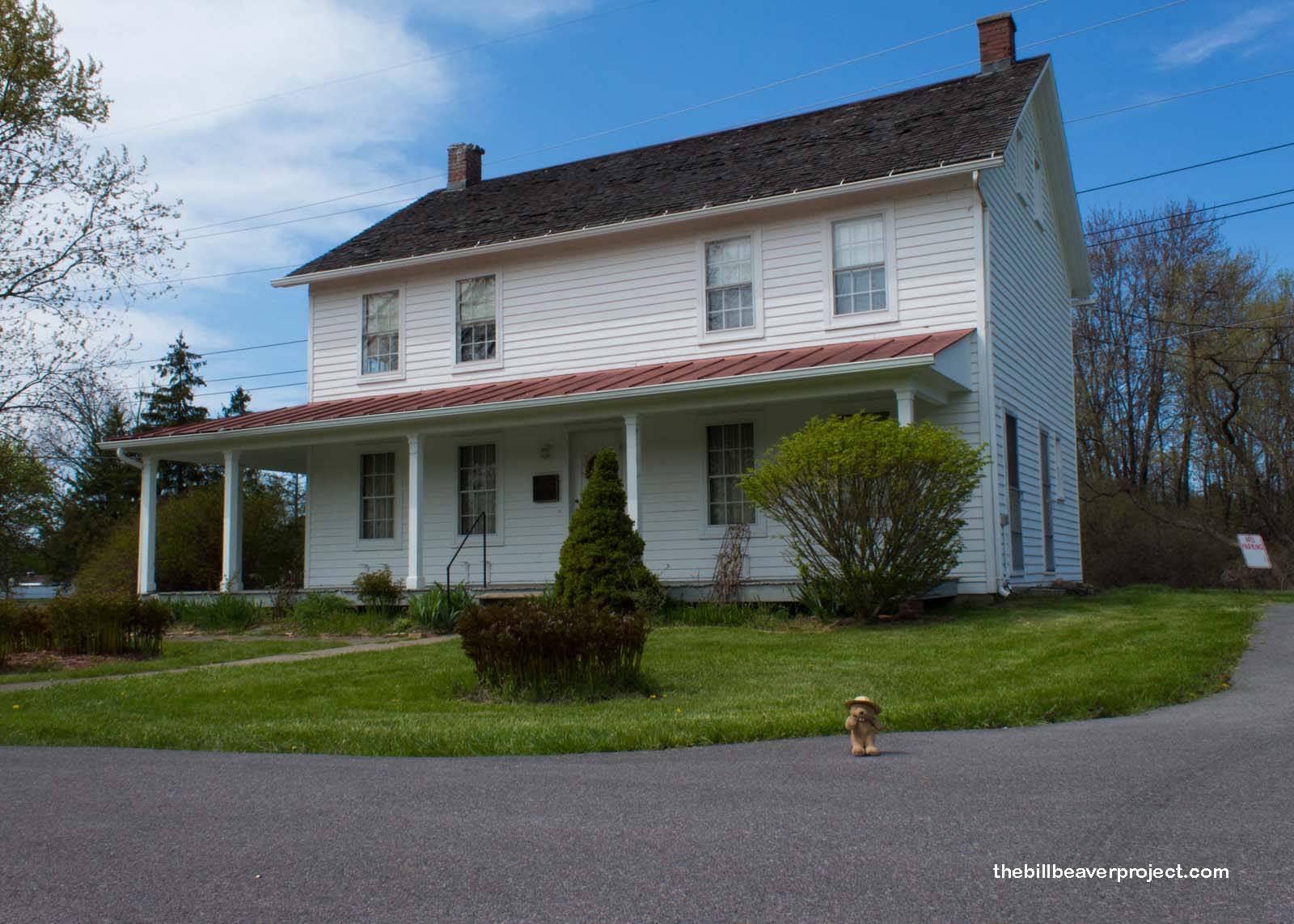 |
Bidding so long to Christine, I sadly had to hustle north to Fort Stanwix National Monument. That’s because it was already 3:30, the fort closed at 4:45, and I was about 73 miles away! So I burned the pavement, calling the visitor center to make sure I could still see the inside of the fort. They couldn’t guarantee it, so the hunt was on!
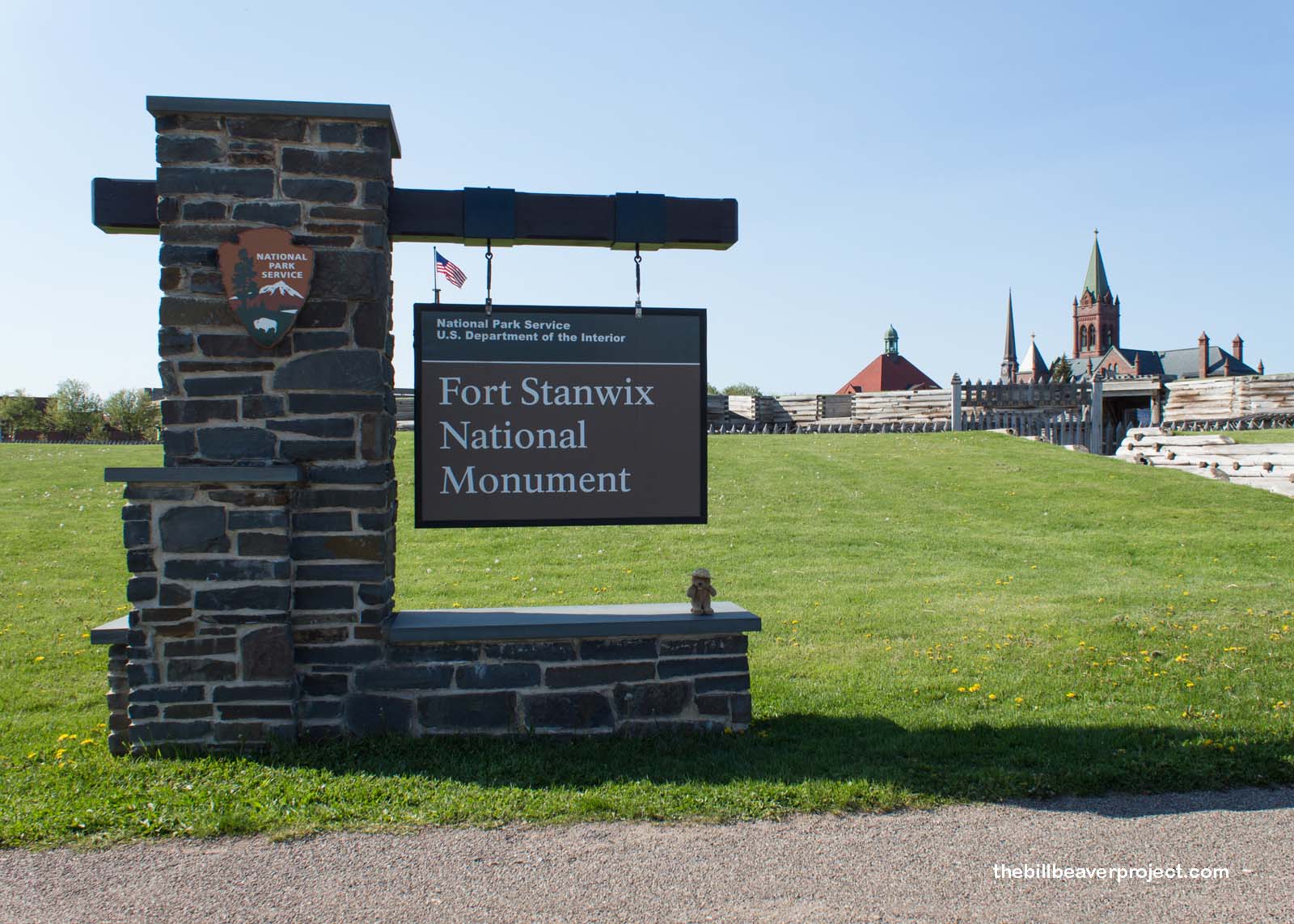 |
I pulled into the parking lot at 4:40, ran as fast as I could to the entrance of the fort, narrowly avoiding a tumble right into the moat, and asked if I could jump in and snap some photos before they closed. The ranger on duty said it was okay, and another, whose voice I recognized from the phone, was surprised I made it! This is not how I prefer to see national parks and monuments, but I am staying in Albany tonight, which would have made this a 100-mile backtrack!
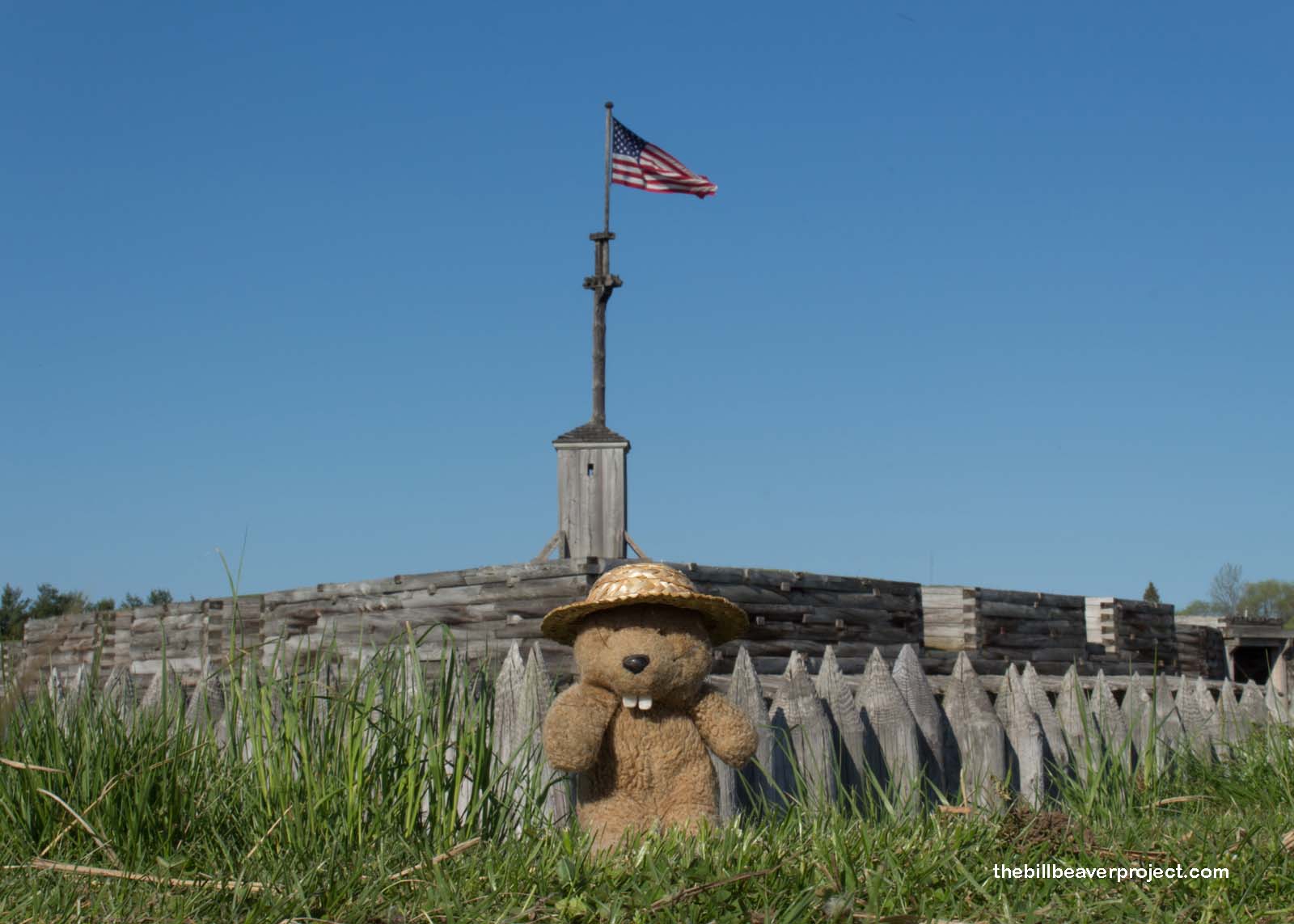 |
Fort Stanwix, also called Fort Schuyler, was set up along a trail called the Great Oneida Carrying Place, which had been used by members of the Iroquois Confederacy since time immemorial, a lot like the Mojave Road. It connected the Mohawk River and Wood Creek and was critically important for transportation across the resource-rich Mohawk Valley! It also happened to be blocking a major British invasion route from Canada!
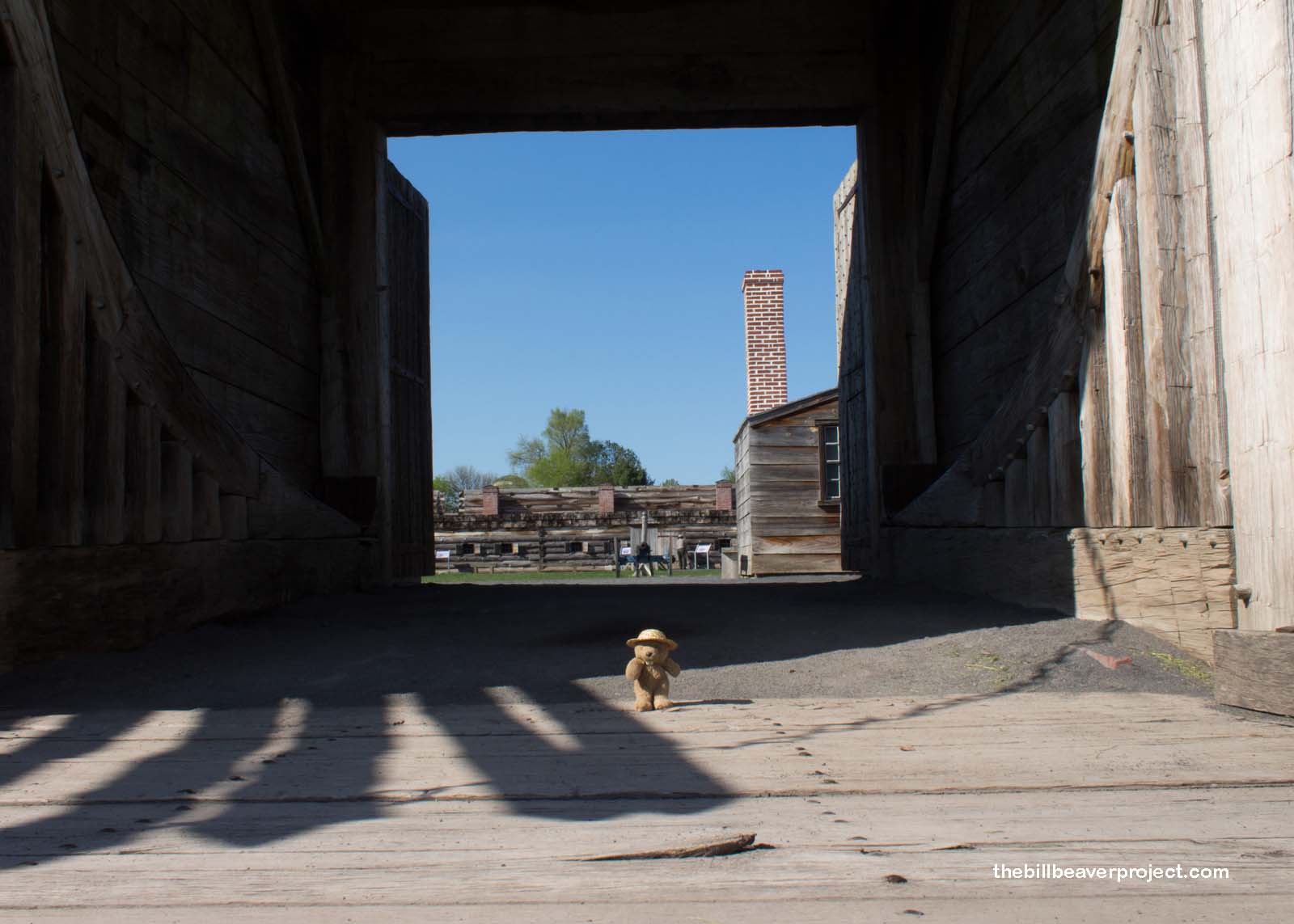 |
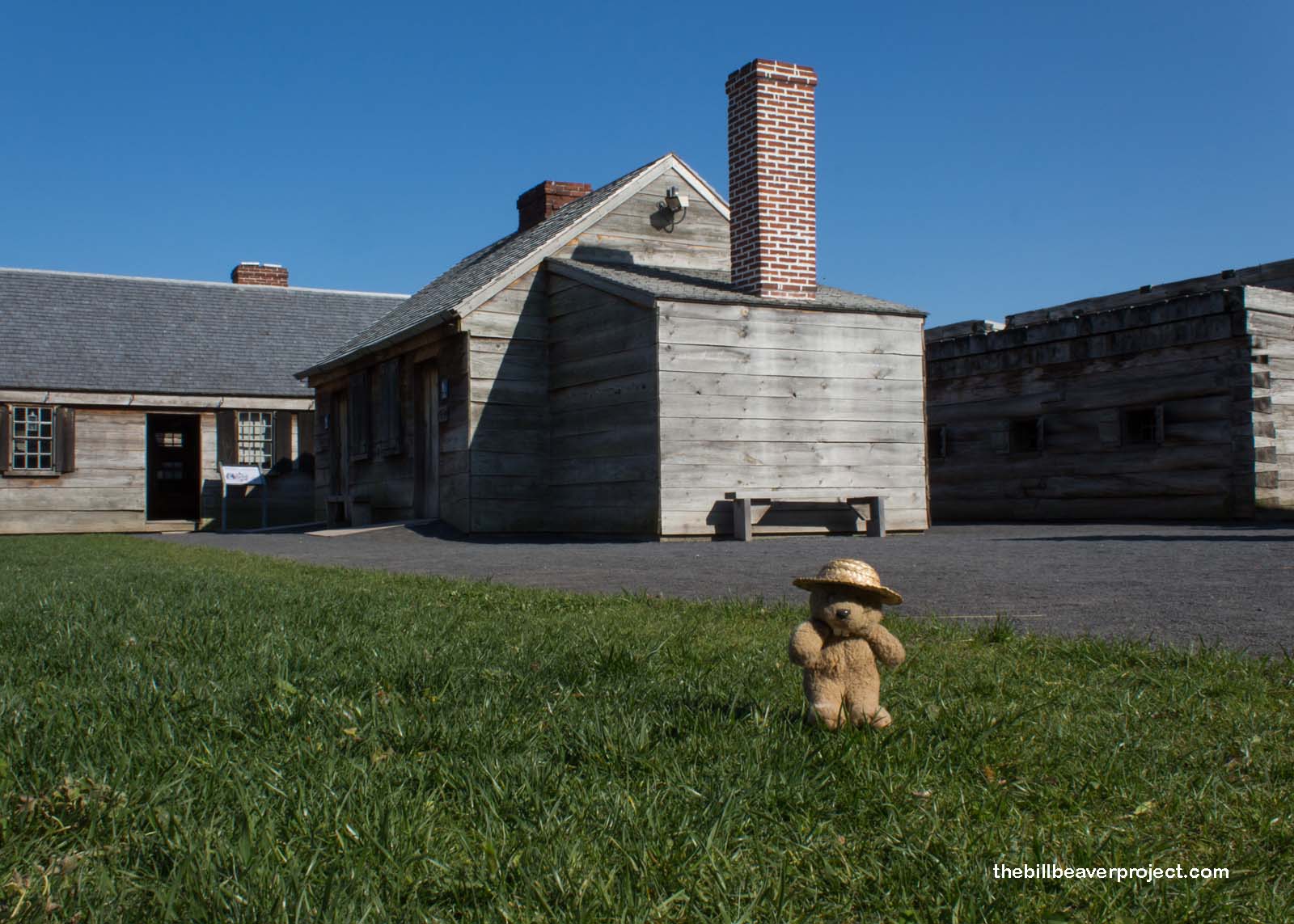 |
The British-led forces unleashed a 21-day siege on the little fort on August 2, 1777. The Third New York Regiment, led by Colonel Peter Gansevoort, tried and failed to get reinforcements as the British bombarded the fort with cannons, explosives, and a complete diversion of the nearby river in an attempt to cut off the fort’s water supply! Luckily, American forces were able to capture a loyalist named Han Yost Schuyler, who was popular among the Native American tribes, and they forced him to tell as many of the already demoralized Native warriors as he could that Benedict Arnold was leading a massive force toward them from the rear!
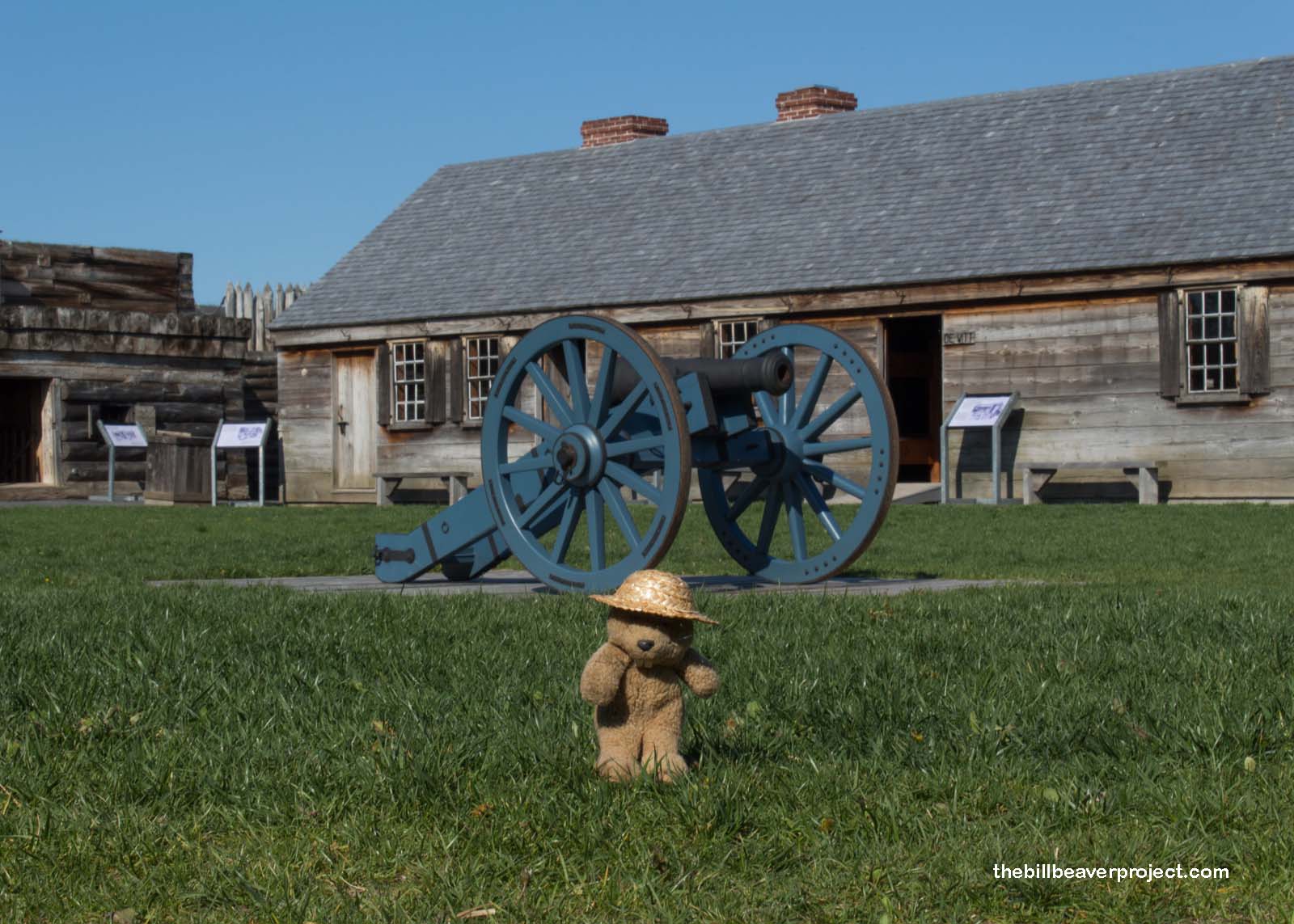 |
The plan worked, and a large number of Native Americans, who had already lost more warriors than they’d been assured by the British, deserted. Lieutenant Barry St. Leger, also worried about the size of the approaching forces, was forced to retreat to Canada, and the “fort that never surrendered” celebrated their thwarting of British invasion plans!
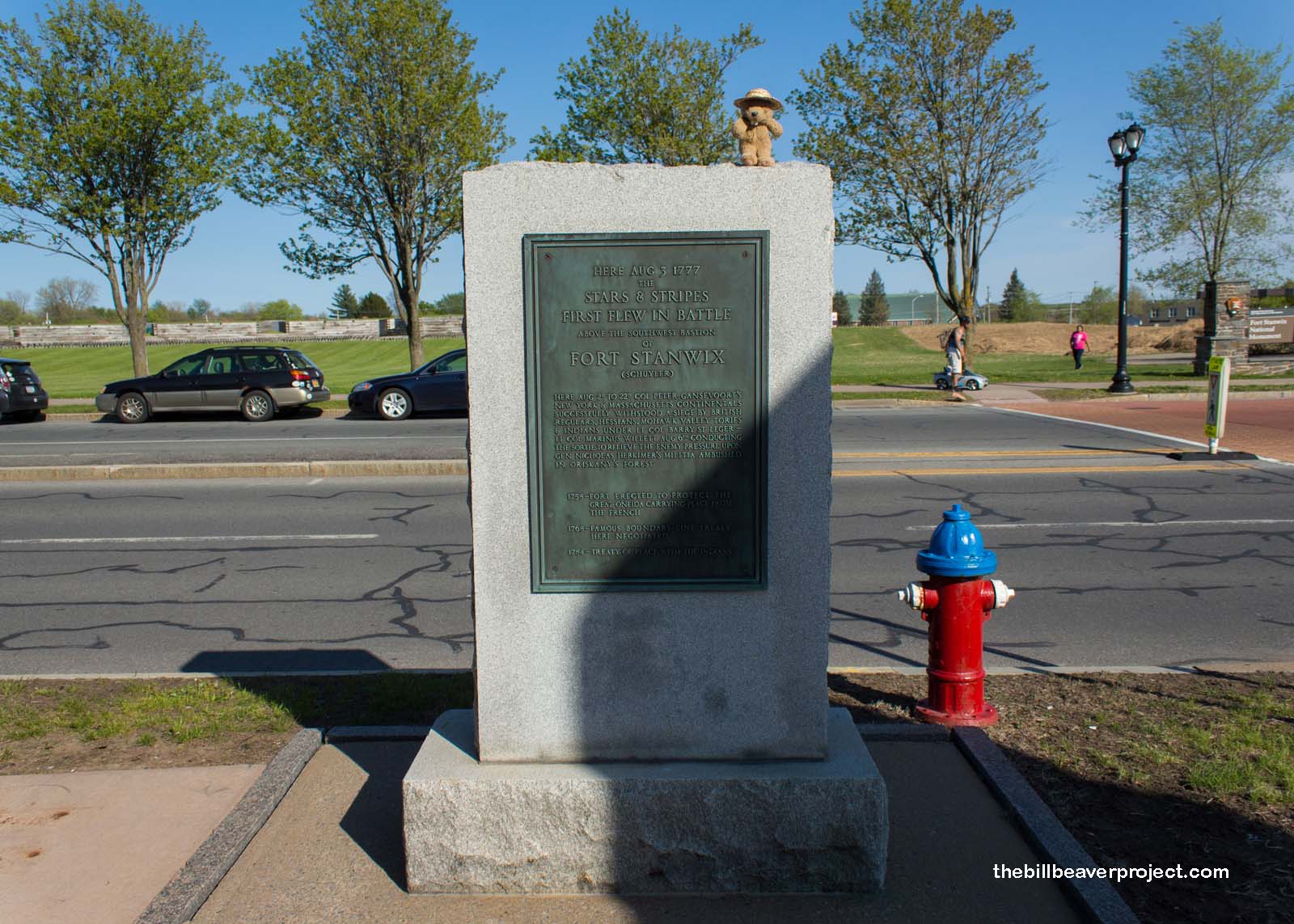 |
After this short introduction to Fort Stanwix, I continued my journey. There was no way that I was going to see Saratoga National Historical Park before the sun went down, so I set my sights on something more personal. I wound my way up through the deep woods of the Adirondack foothills, unsure about my directions, hoping they weren’t mistaken. They were!
I arrived at the Florence Jones Reineman Wildlife Sanctuary, thinking it was close to the right place, and I called the caretakers to see if I was correct. It turns out that, even though the nature trail led through lovely woods, I was still pretty far from where I wanted to be. I kept driving!
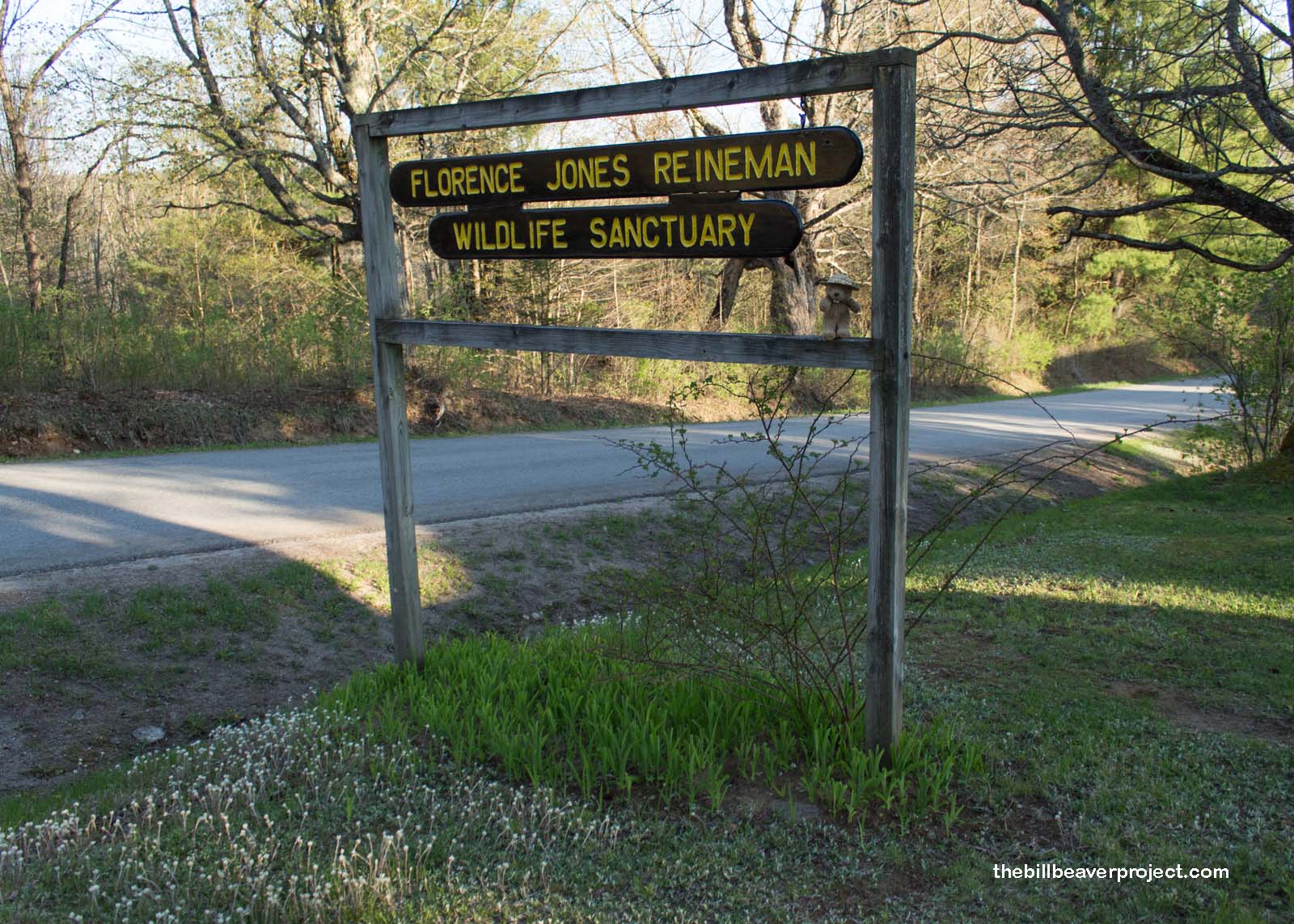 |
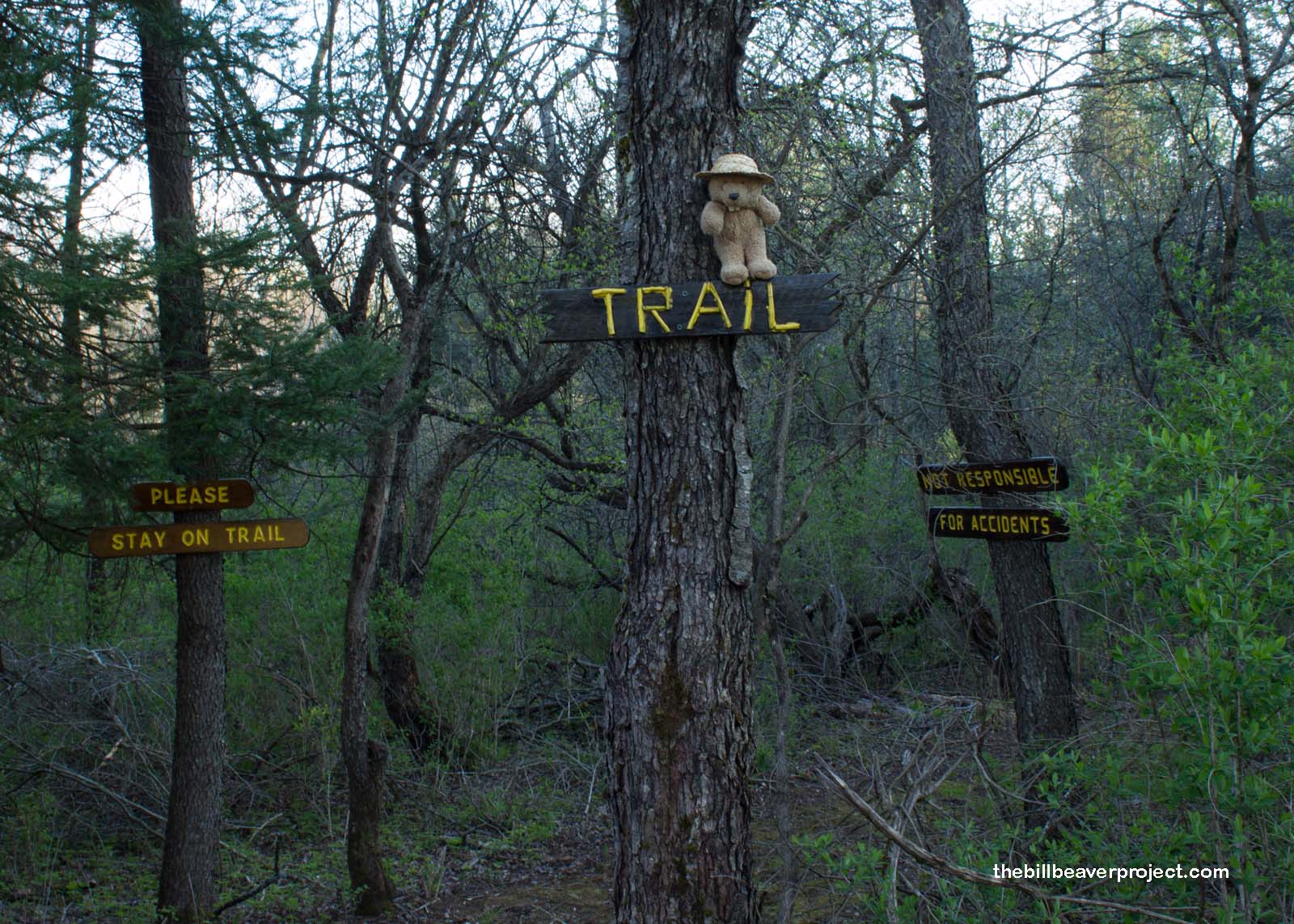 |
After a while, I began to wonder if I would ever find what I was looking for, when suddenly, in my rearview mirror, I spotted a sign! It was small and humble, but it was exactly where I wanted to be: Beaversprite Sanctuary!
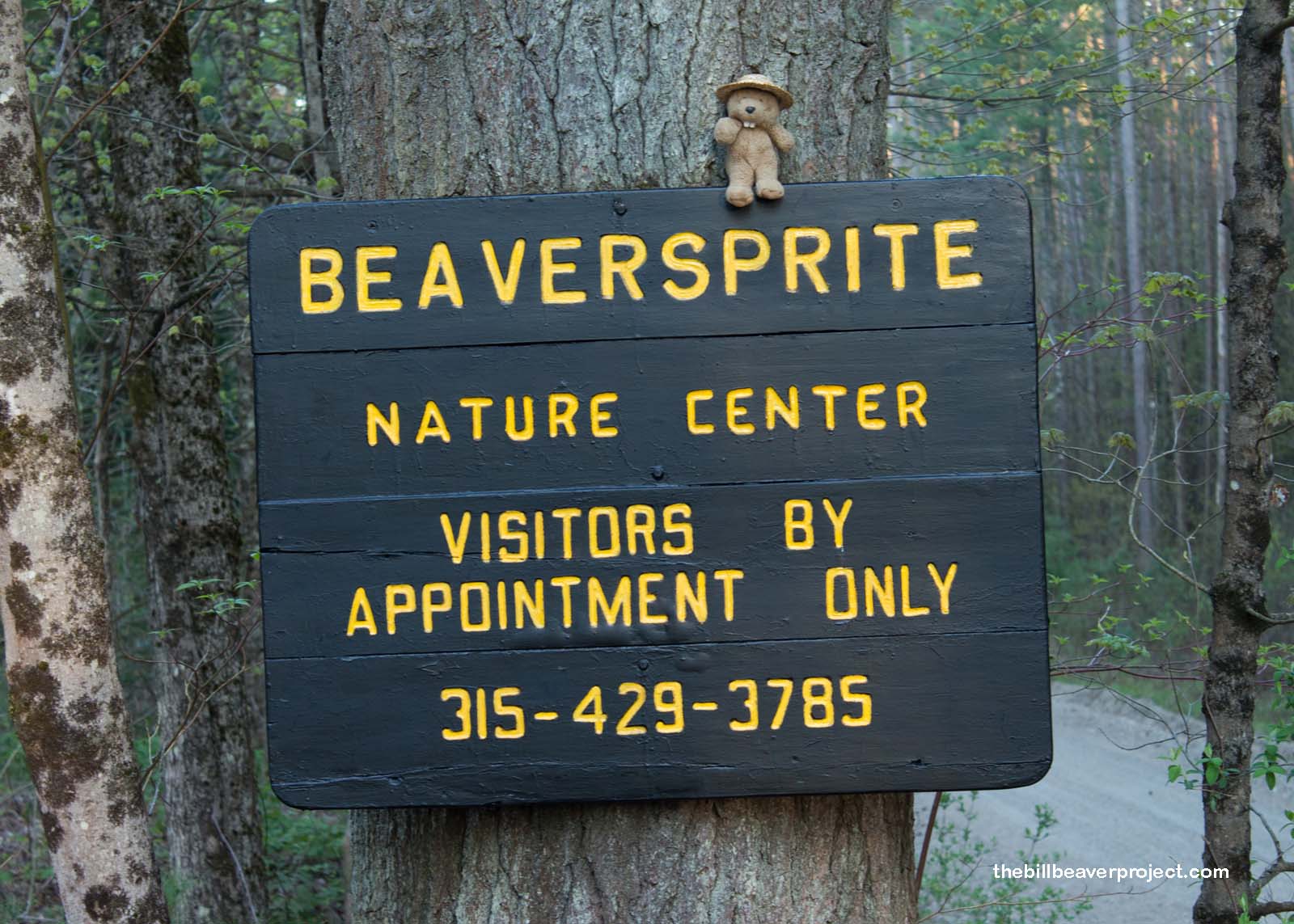 |
I was way too late to make an appointment, but since I had come all this way, I decided to rebel a little on my own. This place is super-important! Here on April 1, 1934, Dorothy Richards founded a sanctuary for beavers, which had been nearly eliminated from the state by the fur trade, and through her work, beavers not only became abundant once again in the Adirondacks but also became the official animal of New York! Thanks to Mrs. Richards, we celebrate International Beaver Day every April 7th (her birthday)!
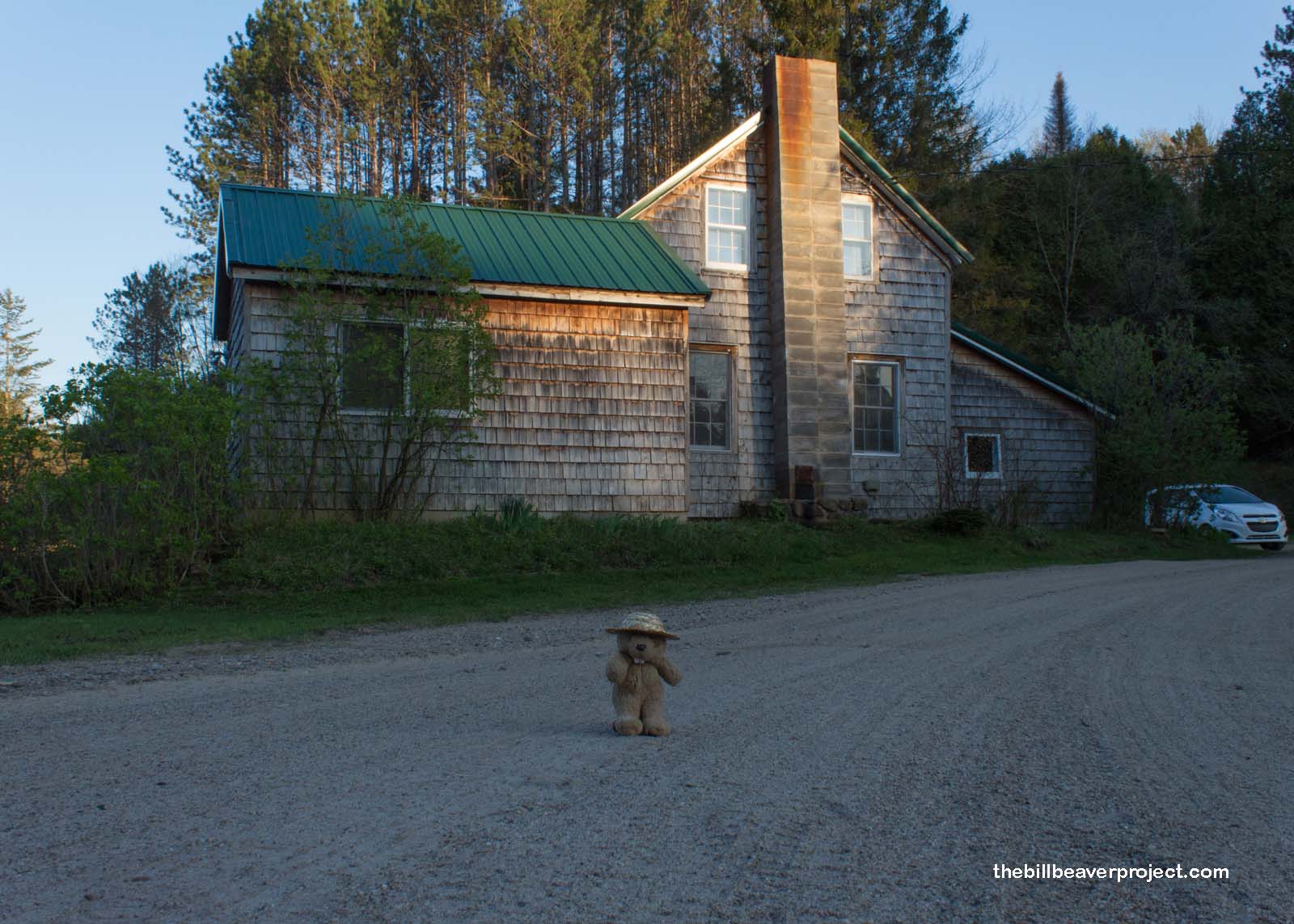 |
The Richards home, now a nature center, is still standing. Back in the day, the Richardses opened up their cellar in the evenings so their beaver neighbors could come inside and hang out, and they learned all sorts of neat things about beaver habits, from obvious ones like how we learn from our mistakes to less obvious ones like how we speak our own language called Beaverish!
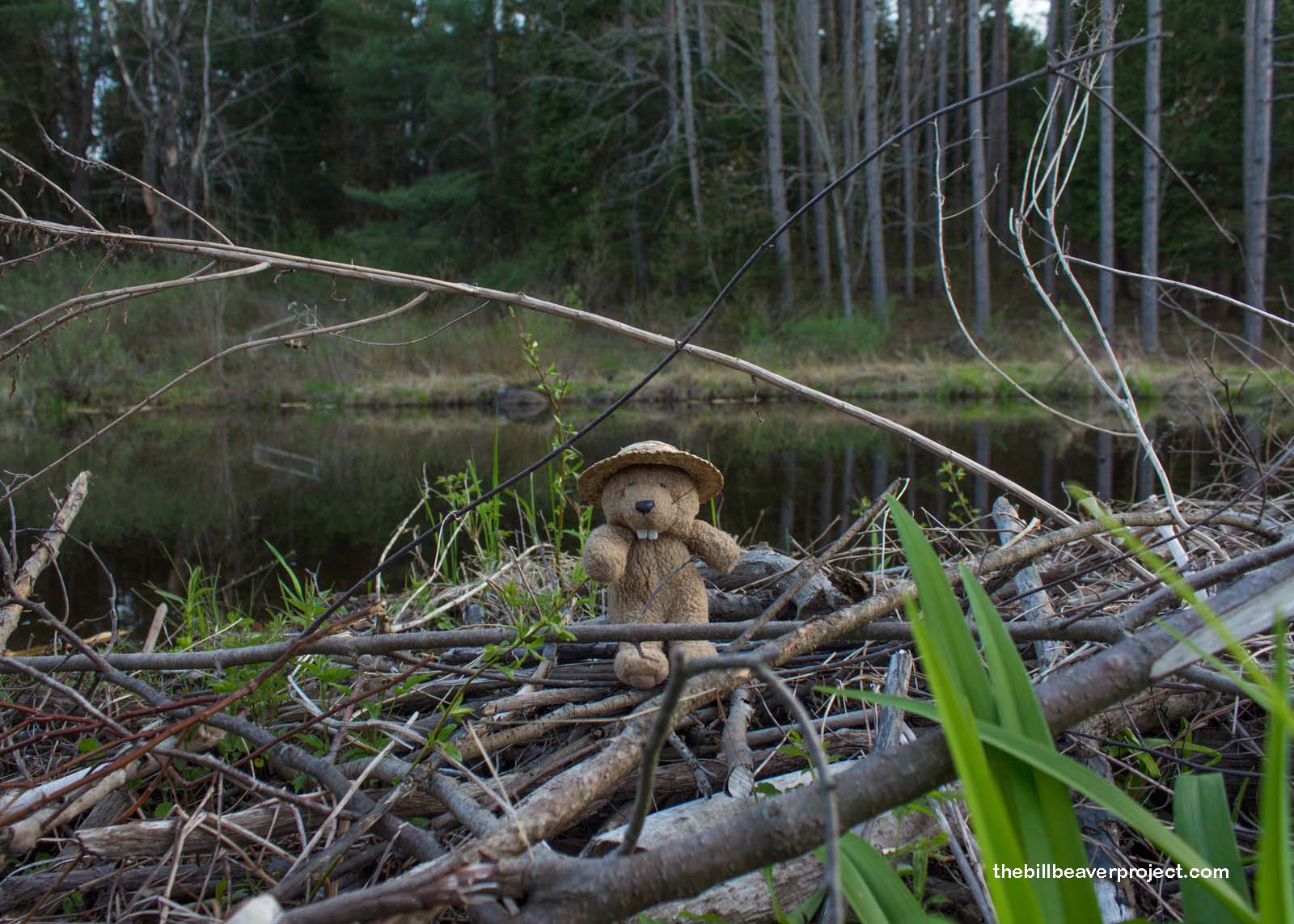 |
There are two ponds next to the Richards home with a short nature trail running around it. I went to see if the beavers were home, but it looked like they’d gone out foraging. Some geese, floating around the lonely lodge, honked “Hello!” but all in all, this was a quiet, serene place to watch the sun set. A sanctuary indeed!
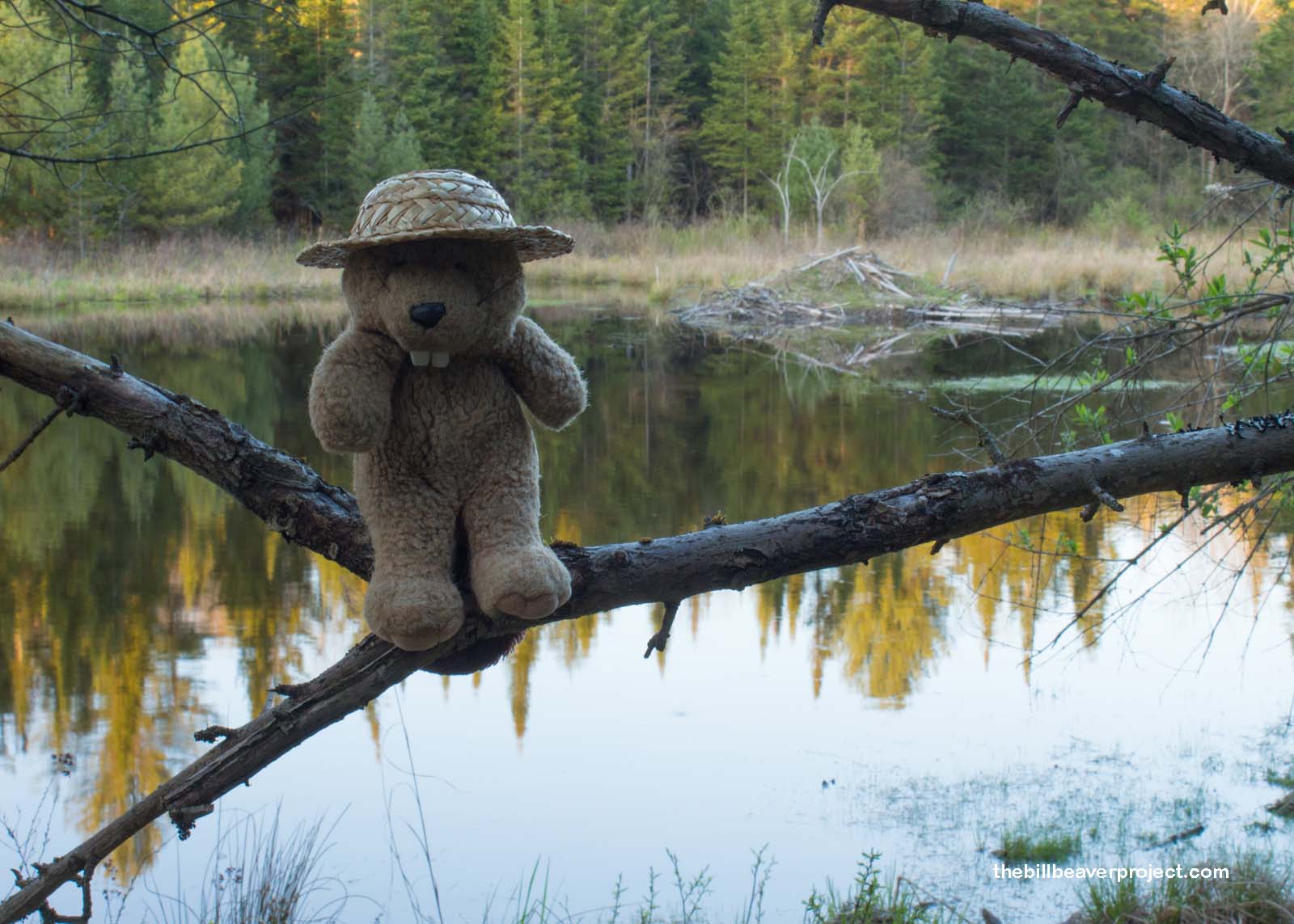 |
Happy to have seen this amazing part of beaver history, I clambered back into the car and headed east in the dark. Tomorrow, I have some more amazing places to explore in upstate New York, so here we go!
Chukk’h *slap*! (Beaverish for “See you later!”)

 Previous Day |
Total Ground Covered: 888.5 mi (1,529.5 km) |
 Next Day |
